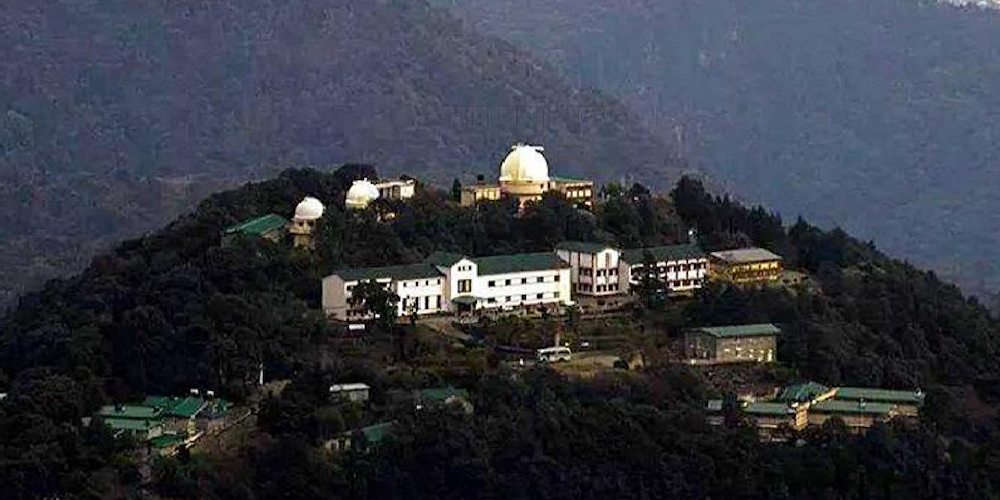Indian astronomers detect huge optical flare in one of the oldest astronomic objects

Indian Astronomers have reported one of the strongest flares from a feeding supermassive black hole or blazar called BL Lacertae. Analysis of the flare from this blazar, one of the oldest astronomical objects, can help trace the mass of the black hole and the source of this emission.
Such analysis can provide a lead to probe into mysteries and trace events at different stages of evolution of the Universe.
Blazars or feeding supermassive black holes in the heart of distant galaxies receive a lot of attention from the astronomical community because of their complicated emission mechanism. They emit jets of charged particles traveling nearly at the speed of light and are one of the most luminous and energetic objects in the Universe.
BL Lacertae blazar is 10 million light-years away and is among the 50 most prominent blazars that can be observed with the help of a relatively small telescope. It was among the 3 to 4 blazars that was predicted to be experiencing flares by the Whole Earth Blazar Telescope (WEBT), an international consortium of astronomers.
A team of astronomers led by Dr. Alok Chandra Gupta from Aryabhatta Research Institute of Observational Sciences (ARIES), an autonomous institute of the Department of Science & Technology, Government of India who had been following the blazar since October 2020 as part of an international observational campaign detected the exceptionally high flare on January 16, 2021, with the help of Sampurnanand Telescope (ST) and 1.3m Devasthal Fast Optical Telescopes located in Nainital.
The data collected from the flare observed will help calculation of the black hole mass, size of emission region, and mechanism of the emission from one of the oldest astronomical objects known, hence opening a door to the origin and evolution of the Universe.
It may be noted that ARIES has made a unique contribution in many areas of astronomical research, particularly those involving time critical phenomena owing to its location in the middle of about 180 degree wide longitude band with no other modern astronomical facility. ARIES has India’s largest telescope at an altitude of 2540m in a place called Devasthal. It is located about 50 km by road towards the east of Nainital. The Devasthal Optical Telescope (DOT) has an aperture of 3.6-m.
The acronym ARIES signifies the sun sign of the two important epochs separated by almost 50 years in the history of the Institute. First it corresponds to its creation on 20th April, 1954 and secondly it marks the beginning of a new phase on March 22nd, 2004; ARIES: a new ‘AVATAR’ in golden jubilee year that promises a bright future.
Key research topics in ARIES include :
– Sun and related phenomena
– Stars, binary stars and stellar variability
– Star formation and stellar evolution
– Inter stellar medium and dust
– Astronomical catastrophic transients
– Formation and evolution of galaxies
– Nuclei of active galaxies and related phenomena
– Theoretical and numerical astrophysics
– Development of observing facilities for astronomy
ARIES has 32.38 hectares of land at Manora Peak, Nainital on which functional and residential buildings are located. Functional buildings have covered area of 3435 square meters and residential buildings have covered area of 1963 square meters. For installation of new observational facilities another 4.48 hectare land has been acquired at Devasthal (longitude 79o 41′ E, latitude 29o 23′ N, altitude 2500 meters) situated at a distance of nearly 50 kms by road from Nainital. The site has about 200 clear nights in a year and the median ground level seeing is about 1″.



